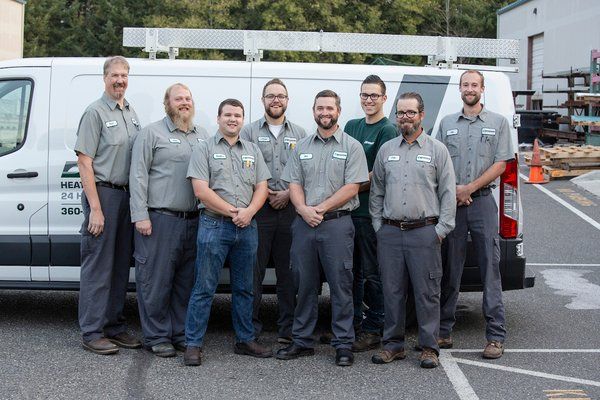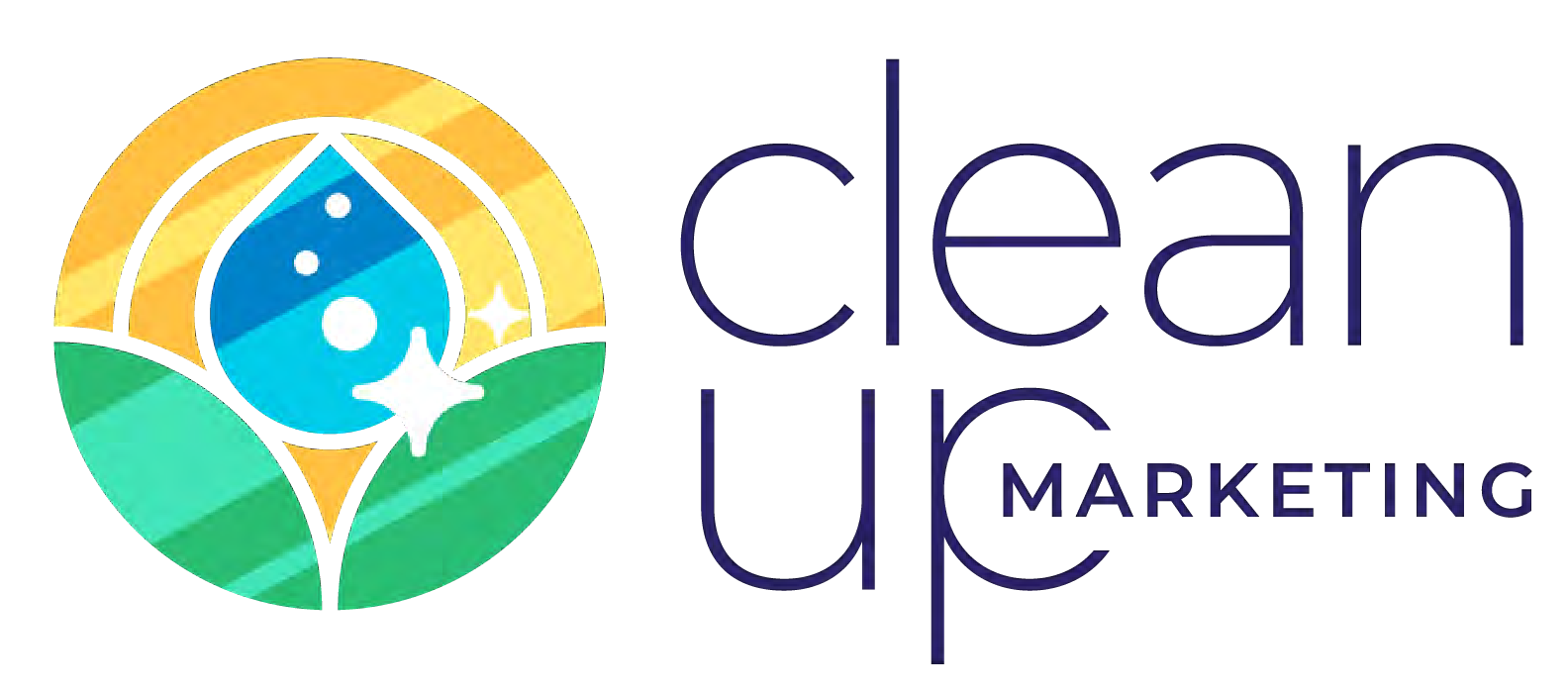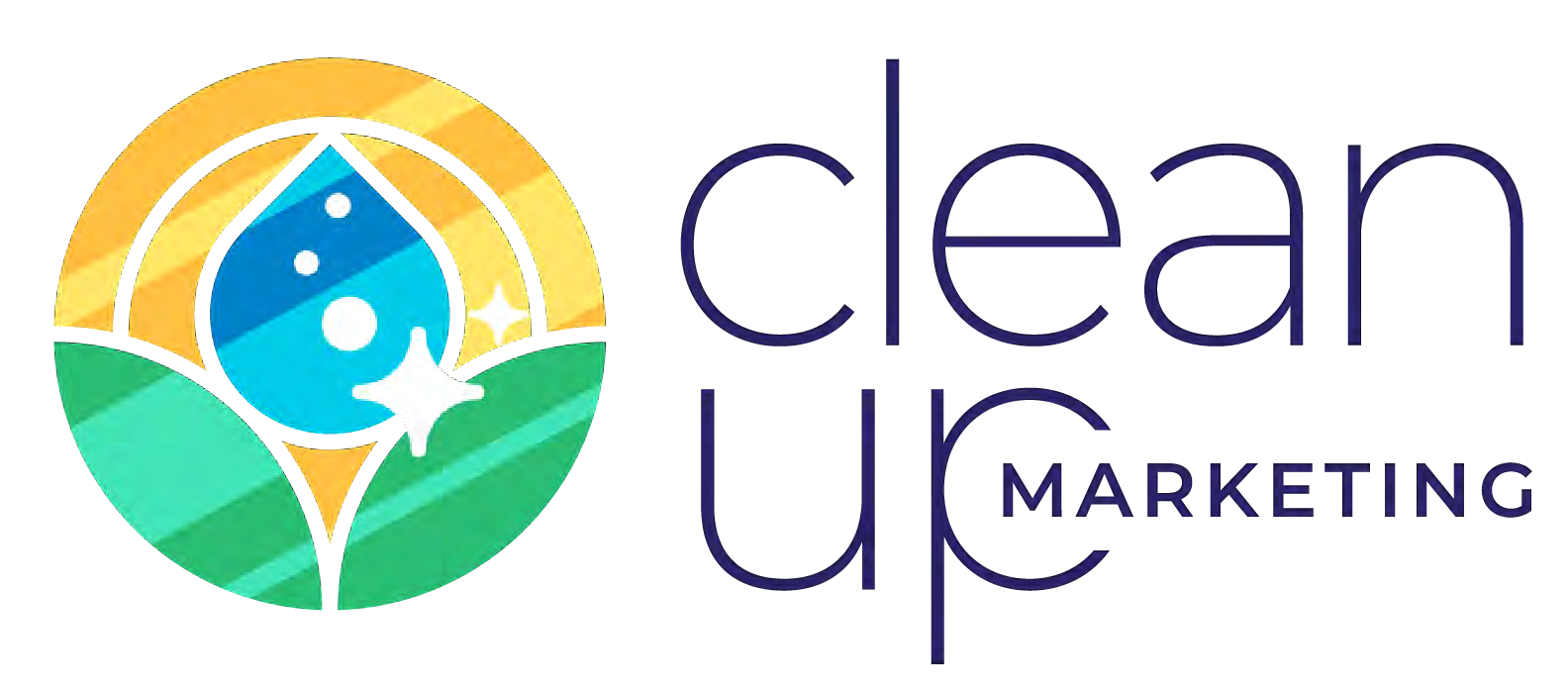Marketing With Your Connections During Covid
Greetings fellow two-dimensional creatures:
With all of our interactions flattened into a rectangle, you may find yourself, like me, missing the human interaction that accompanies marketing and networking.
“Adapt or die,” said Oakland A’s General Manager, Billy Beane, in one of my favorite sports movies, “Moneyball.” And, whether you like it or not, you’ve had six months to build a bridge and get over your trepidation about online marketing to replace your three-dimensional routine.
Yes, it’s true: nothing can substitute for in-person meetings complete with inflection and micro-expressions when it comes to building business relationships. But if you hide in a cave until the pandemic is over, like the apocalyptic nuclear war movies of the 1950s , you are going to find the world moved on without you.
How To Remain True To Yourself Marketing Online
No one would ever say that a Zoom meeting, sterilized of all the IRL world’s subtlety, ever comes close to the in-person meeting.
But that doesn’t mean you can’t make meaningful, fruitful connections and extend your brand. In fact, now is the best time there’s ever been to overhaul your digital communications.
This is especially prudent for businesses steeped in esoteric sciences with scant online presences, like many of the ones I work with in climate tech.
People Buy From People
We all know people are starved for human contact. I’d seriously consider cutting my arm off to go to a ball game with 40-50,000 people screaming their heads off right about now.

The last baseball game I saw in person. It seems like forever.
Introverts aside, when you are on Zoom with your bedroom closet opened in the background, you have a unique opportunity to share something with colleagues, funders, prospects, etc., that otherwise would’ve had no context to be shared. The same goes if you’ve created a virtual background. Say something about yourself that will pique the interest of others and launch a genuine conversation instead of just a checklist.
COVID has eliminated your commute and added more productive time to your day, so languish in it for a few moments by allowing those calls to occasionally veer off-topic. Even better, make sure to have a token personal item with you before you launch the call as a way to casually bring your individuality and personal brand to the meeting. Wear a hat with your college insignia or your favorite team, for example, or position your favorite piece of wall art inside the camera frame.

My cat and my one piece of college memorabilia
Buyers are always going to do their due-diligence, socially distanced or not. Still, there are biases built into due diligence, like personal connections, that can give you the benefit of the doubt.
Social Media Is Supposed To Be…Social
The average adult knows between 20,000 and 30,000 words, but you’d never know it by the blandness of most social media posts. I feel strongly that all offenders should get kicked off Twitter Island for starting posts with, “I/We are so excited to…”
Talk about a dull digital conversationalist. Would you ever talk that way to someone at a conference or a cocktail party? No? Then why do you think your social media followers would want to read it?
Moreover, have you ever been unable to get away from an insufferable bore who goes on and on while you shuffle your feet? Now you know what it feels like to follow your tedious declarative statements on social media about the progress your company is making. Sure, I might give it a thumbs up, but you’ve blocked me at the rope line from having a dialogue.
Turn off the somnambulant auto-posting and shove the robots out of the driver’s seat for a while.
Social media channels have different audiences and styles. You’ve got to tailor your usage, and it’s a perfect time to show a little vulnerability as we all try to communicate our human struggles and triumphs while just hanging on through all of this.
Here are just a few suggestions on how to deploy each of the major social networks that don’t require you to dance, sing, or lip-synch on camera. As with anything on the Internet, display cats for more interaction.
LinkedIn:
- You missed the point if you haven’t returned since posting your resume
- Only 250 million active users, but the best place to engage your industry
- Write original content, post articles, and engage with other content creators about the industry
- Become more recognized in your sphere by commenting when industry leaders post
- $65/month is well worth it for the premium service, and it incentivizes you to use it as the business tool it is
- Now is a great time to build your network
Twitter:
- Smaller but more intense audience
- Use hashtags to cut through the static and find people in your industry working on similar challenges or social movements in your industry
- Build lists of journals, news outlets and industry news leaders
- Follow individual journalists who cover your industries and build those relationships and regularly engage with their work (respectfully, of course)
Facebook:
- Use groups or start one of your own, specific to a genuine interest of yours.
- Whether public or private, groups are one of Facebook’s most supported and suggested feature, where the platform encourages the most engagement
- Focus on building peer groups you can both rely on for info, and use to fast-track your position as a thought leader.
YouTube:
- Use in combination when you communicate with your email list. (After all, we’re Americans. We don’t actually read.)
- You can create video content through your smartphone and a single, inexpensive ring light.
- No expensive video equipment is necessary — new iPhones can shoot in 1080 and 4K resolution out of the box
- Upload content about the people who work with you. People love to brag about their friends, colleagues, and family members, and those organic views and shares go a long way for engagement.
- If you’re uncomfortable at first, YouTube allows you to set your channel to “Private” so you can get some gentle feedback before it’s showtime.
Zoom:
- Host social calls for your industry with an emphasis on keeping them friendly and informal
- If you’re in leadership, invite your teams to hop on a call to offer support and encouragement
- Be cognizant that people have Zoom exhaustion, so use it only when you can deliver a big payoff for the time spent
Write, Record, And Grow Your Reach
Blogging for most is the modern-day equivalent of writing a 15-page term paper in college. It’s put off until the last minute; it’s cause for anxiety, and; it’s something most people will pay someone else to write.
Here’s the real deal: you are missing out on a quick and easy opportunity to become a thought leader in your industry while at the same time improving your search engine rankings.
You don’t have to write 1,200 original words every day, although as any writer will tell you, the more you write, the better your writing becomes. A blog post can also be 300 words’ worth of intro to a news article plus some links and a couple of photos to make compelling content in a click-hungry world.
A blog can be part of a larger website, or it can be standalone. It’s also a great way to stay in touch with a diverse audience. If done well, it typically gets the highest rate of response, which in turn, gives you the opening to (pardon the pun) bump elbows with people you no longer get to see on a regular basis.
Lift up your peers, brag about your employees’ accomplishments, both in and out of work.
Maybe one of your engineers runs ultramarathons, or Nancy in accounting builds steel sculptures. Now is the time to immerse yourself in the complete and fascinating stories of the people who make your industry go ‘round and step back and let them be experts.
COVID-19 tore down the curtain that separated people’s work selves from their home selves, and the least-weird thing you can do is start telling those human stories inside your industry.
This is brand storytelling at its finest because you are building relationships (or at least maintaining them). For most of my clients in the B2B world, the sales cycles are incredibly long, so content is the summer camp of marketing. You’re keeping in touch with the other kids in your cabin until next year.
Better yet, if you’ve built up an audience, use the opportunity to invite a prominent leader in the industry to guest post on your blog. Everyone loves to feel like an expert, and they’ll amplify their expertise to their own networks while opening you to a whole new audience.
Podcasting? Sure. Combining the right personalities who are connected to robust networks can rocket your brand skyward. You don’t even have to be in the same room. With a quality microphone and a set of provocative questions, you could be in the ears of execs across your industry by next week.
The good news is production values don’t need to be studio-quality because of the informality of this era. And if you’re an overachiever, get a USB mic, some software with noise reduction, and set it up on the floor of your closet. Let those hanging sweaters dry out your sound and suddenly you’re Terry Gross for less than $150.
To pretend that life isn’t upside-down would be like trying to serve Thanksgiving in a house with the roof ripped off by a tornado. The only weirdo in that situation is the person who doesn’t acknowledge the wind and visible sky.
Rearrange the Digital Furniture
Be honest: how much thought are you really putting into your emails? Are you still hoping emails “find people well” while the world is on fire? Are you using the same strategy today that you were in February? Quit it.
Write down a few brief notes with updates and use it as an informal script to record a brief video — no set dressing, no elaborate lighting. Be yourself. It’ll be comforting for your team and colleagues to see you as you really are because everyone else is coping as best they can in their own makeshift offices, complete with barking dogs and ratty sweatpants out of Zoom sight.
Refresh your website and transform it into one that people want to return to for something new — that’s where your blog and podcast show off their value. You wouldn’t tell someone to come back to your bland corporate site any more than you’d recommend someone watch The Office as if a new episode might pop up.
It’s likely that the stripping away of office formality has left your communication strategy feeling stiffer than what serves you in the present. When there is so much in flux in the world, it’s a perfect time to retool your own approach.
Between the pandemic, the intensification of climate change, the election, the stock market, and the Supreme Court, people are more receptive than ever to a friendly (virtual) hug.
Be a light for people when they need it, and enjoy their loyalty in return.
The post Marketing With Your Connections During Covid appeared first on Michael's Marc.











